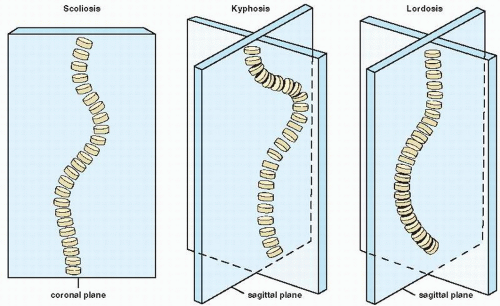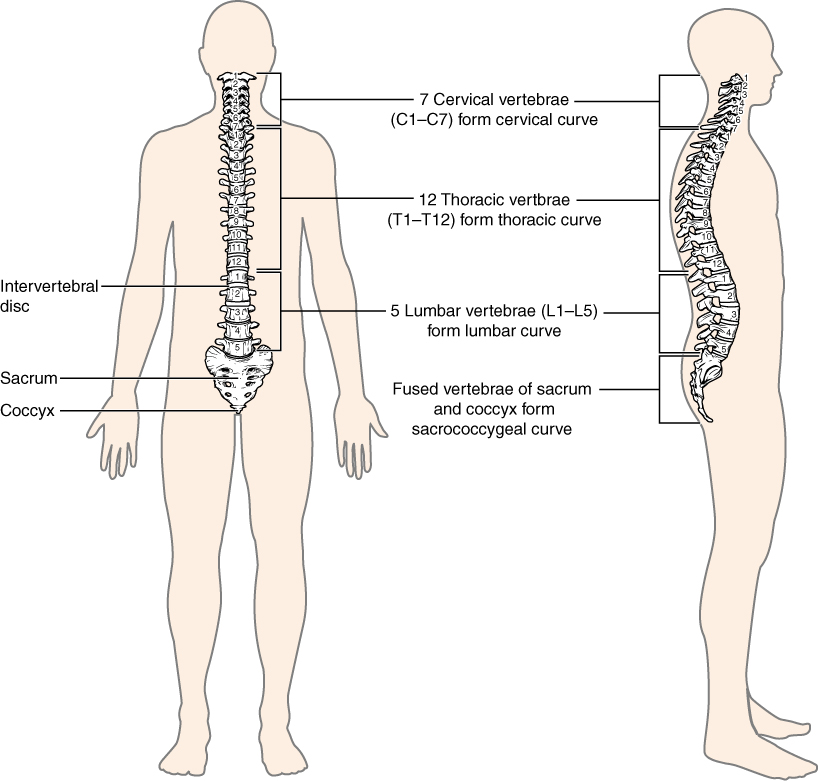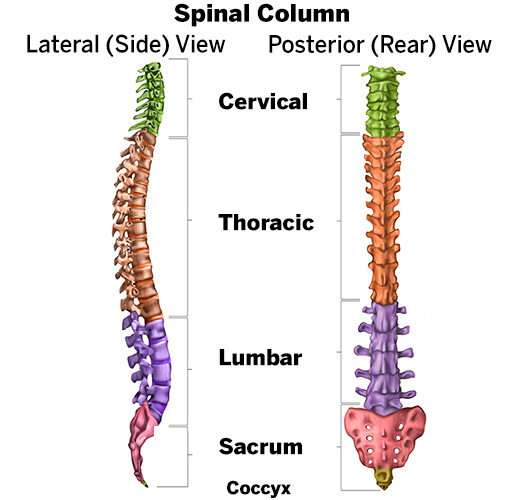Posterior Curve Of The Spine
The lumbar spine curves inward and like the cervical spine has a lordotic or backward C-shape. This involves strengthening and stretching myofascial tissue in the opposite direction of the curve.
 Pelvic Tilt Cause Of Back Problems Pt 1 Streatfield Performance
Pelvic Tilt Cause Of Back Problems Pt 1 Streatfield Performance
A healthy adult.

Posterior curve of the spine. This yielded a good result in most cases. History of the Posterior Approach in Surgery to Treat Scoliosis. A typical spine is curved in the shape of a letter S when viewed from the side.
Removal of the 3-5 mm of the inferior aspect of the inferior facet joint is performed at each level of the planned fusion using an osteotome. Simply put an increased curve shortens the spine so it follows that when curves are excessive to make the spine longer we need to lessen the degree of the curves. All posterior releases begin by resecting the inferior aspect of the spinous process followed by removal of the interspinous ligament utilizing a standard rongeur.
An increased curve in the lower or lumbar spine is called an Increased Lordotic curve or hollow spine and is commonly seen in overweight people in pregnancy in patients with weak abdominal muscles or with a spasm in the lower back muscles. The cervical and lumbar regions maintain a lordotic curve with the open end of the curve towards the posterior. The curves in the thoracic and sacral spine are kyphotic.
The spine develops four anterior to posterior curves two kyphoses and two lordoses. Some abnormal curves are asymptomatic while other require treatment. Convexity towards the back of the spine.
However the natural curves should not be mistaken for spinal disorders also called Lordosis and Kyphosis. Develop as the child begins to move its body against gravity. Concavity towards the back of the spine and is found in the cervical and lumbar levels of the spine.
The spine also called the vertebral column or spinal column is composed of a series of bones called vertebrae stacked one upon another. When viewing the spinal column from the rear posterior the spine appears vertically straight -- from the neck to the tailbone Figure 1-B. The normal curves are termed lordosis and kyphosis.
- which allows the bodys weight to be balanced on the vertebral column in a way that expends the least amount of muscular energy to maintain an upright bipedal stance. CURVES Kyphotic Curves Curves that have a posterior convexity anterior concavity Lordotic Curves Curves that have an anterior convexity posterior concavity. The thoracic spine maintains a kyphotic curve with the open end of the curve towards the anterior.
Excessive kyphosis or increased. See introduction of text for further clarification of the terms lordosis and kyphosis Kyphoses are curves that are convex posteriorly concave anteriorly and lordoses are curves that are convex anteriorly concave posteriorly. The Harrington rod is anchored to each end of the spine see Figures 1-3.
- bring the center of gravity to a vertical line. 1960s In the 1960s the gold standard for fixation for a thoracic curve in idiopathic scoliosis was a posterior approach ie from behind using a single Harrington rod. A kyphotic curve is a convex curve in the spine ie.
The Lumbar spine has a normal lordotic curve between 30 and 50. Typical vertebrae consist of the anterior vertebral body and the posterior section which contains the vertebral foramen through which the spinal cord passes. Using posterior tangents from L1 to L5 and T12 to S1 and Cobb angles at T12-S1 the lumbar curve reduced slightly by less than 33 degrees for all global angle measurements in anterior translation and reduced by 74 degrees 57 degrees and 81 degrees respectively in posterior thoracic translation.
A lordotic curve is concave ie. Correction of the spinal deformity can be done by using posterior anterior or a combination of anterior and posterior surgical approaches and techniques. There are three main types of spine curvature disorders including.
There are four main curves of the spine. Cervical curve C2-T2 is convex forward. By lessening the curves of the spine.
Some excessive and abnormal curves are amenable to surgical treatment. The curves of the spine can be exaggerated in any plane leading to pain deformity and neurologic dysfunction. Normal Abnormal Lordosis.
Also called swayback the spine of a person with lordosis curves significantly inward at the lower back. Resistance of the back muscles and ligaments such as the ligamenta flava and the posterior longitudinal ligament. Techniques to create more flexibility in a stiff curve entail 1 soft-tissue release 2 facetectomy 3 posterior osteotomies 4 anterior release by discectomy and in rare cases 5 complete vertebrectomy.
These vertebrae articulate with each other. Nine more vertebrae make up the sacrum and coccyx. Cervical thoracic lumbar and pelvic.
 Single Stage Posterior Scoliosis Correction Surgery Rnoh Private Care
Single Stage Posterior Scoliosis Correction Surgery Rnoh Private Care
 2 Anterior Posterior And Lateral Views Of The Spine Download Scientific Diagram
2 Anterior Posterior And Lateral Views Of The Spine Download Scientific Diagram
 Scoliosis And Anomalies With General Affliction Of The Skeleton Radiology Key
Scoliosis And Anomalies With General Affliction Of The Skeleton Radiology Key
 The Vertebral Column Anatomy And Physiology I
The Vertebral Column Anatomy And Physiology I
 Notes On Anatomy And Physiology The Spinal Column
Notes On Anatomy And Physiology The Spinal Column
 2 Anterior Posterior And Lateral Views Of The Spine Download Scientific Diagram
2 Anterior Posterior And Lateral Views Of The Spine Download Scientific Diagram
 Scoliosis S Curved Spine Condition Causes And Treatments
Scoliosis S Curved Spine Condition Causes And Treatments
 Symptoms And Treatments Of Spinal Curvature Problems Caring Medical Florida
Symptoms And Treatments Of Spinal Curvature Problems Caring Medical Florida
 Scheuermann S Kyphosis Scheuermann S Disease Abnormal Curvature Of The Spine
Scheuermann S Kyphosis Scheuermann S Disease Abnormal Curvature Of The Spine





Comments
Post a Comment